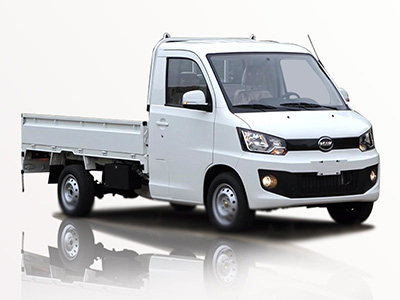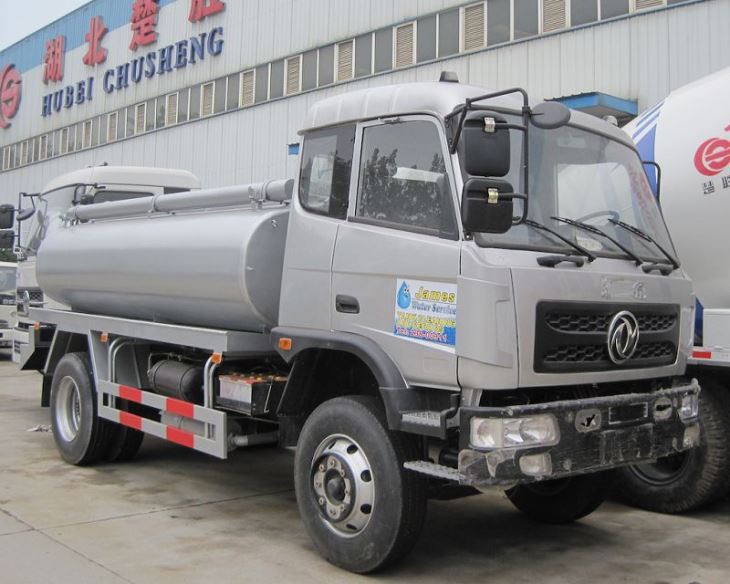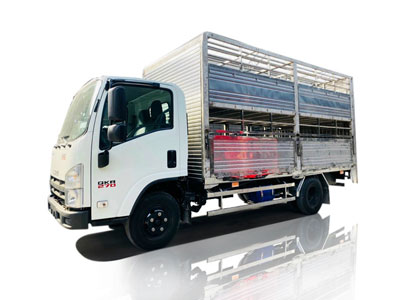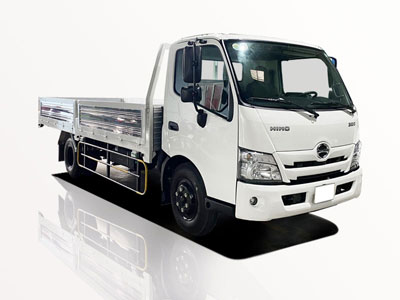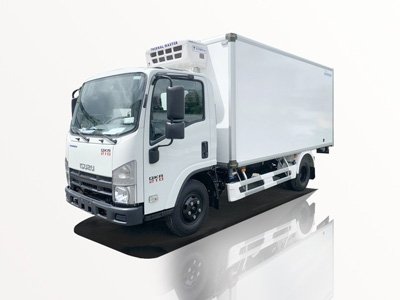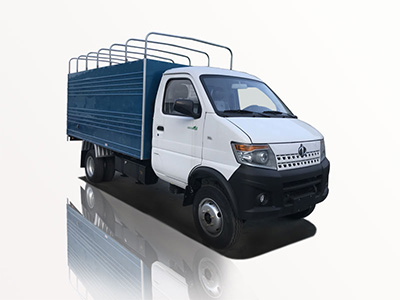Introduction
In today’s fast-paced world, managing waste effectively is crucial for both residential and commercial spaces. Self-contained trash compactors have emerged as a popular solution for reducing waste and making disposal easier and more efficient. This article explores what self-contained trash compactors are, how they work, their benefits, practical applications, and much more. Whether you’re looking to enhance waste management in your household or business, this comprehensive guide will help you understand everything you need to know about self-contained trash compactors.
What is a Self Contained Trash Compactor?
A self-contained trash compactor is a type of waste management equipment designed to compress waste material into a much smaller volume. Unlike traditional compactors, self-contained models incorporate an integrated trash container, making them perfect for handling liquid waste and providing odor control. They are commonly used in restaurants, commercial kitchens, and retail spaces, but they can also serve homeowners looking to minimize their environmental footprint.
How Does a Self Contained Trash Compactor Work?
Self-contained trash compactors utilize hydraulic or mechanical systems to compress trash within the integrated container. Here’s how the process typically works:
- Loading the Trash: Users load waste into the compacting chamber.
- Compaction Process: Once the trash is loaded, the compaction cycle begins. The machine compresses the waste using a ram, which applies significant pressure to reduce the bulk of the waste.
- Storage: After compaction, the trash is stored in the self-contained container until it’s time for disposal.
Benefits of Using a Self Contained Trash Compactor
Investing in a self-contained trash compactor comes with several advantages that can greatly improve waste management practices.
1. Space-Saving Efficiency
One of the significant benefits of self-contained trash compactors is their ability to save space. By compressing waste to a fraction of its original volume, these machines allow you to reduce the frequency of waste pickups and leave more room for other essentials.
2. Odor Control
Self-contained compactors help in controlling unpleasant odors, as they are sealed off, preventing smells from escaping. This is especially beneficial for food-related waste.
3. Environmentally Friendly
With a self-contained trash compactor, you can minimize your carbon footprint. Reducing waste volume means less frequent trips to the landfill, contributing to more sustainable waste management practices.
4. Time-Saving
Compactors streamline waste disposal processes, allowing businesses to focus more on their core operations while reducing the hassle associated with waste management.
5. Cost-Effective
Though the initial investment may be significant, the long-term savings on disposal costs and labor can make self-contained trash compactors cost-effective solutions.
Common Applications of Self Contained Trash Compactors
These compactors are utilized in various settings. Here are some practical applications:
1. Restaurants
In the food service industry, waste volume can be considerable. Self-contained trash compactors are widely used to compact food waste, helping keep environments clean and odor-free.
2. Commercial Kitchens
Like restaurants, commercial kitchens with high trash volume benefit from these machines for efficient waste management and odor control.
3. Retail Stores
Retail environments generate waste regularly. A self-contained compactor can minimize the number of waste pickups needed, keeping the store looking neat and organized.
4. Industrial Applications
Manufacturing facilities often produce substantial waste that needs to be managed correctly. These compactors can handle various materials, making them valuable in industrial settings.
Choosing the Right Self Contained Trash Compactor
Selecting the ideal self-contained trash compactor for your needs involves considering several factors.
1. Size and Capacity
Evaluate your waste volume to select an appropriately sized compactor. Larger businesses will require machines with higher capacity.
2. Type of Waste
Consider the type of waste you’ll be compounding. Different models may be designed for specific waste types, such as food, plastic, or mixed materials.
3. Power Source
Self-contained trash compactors can be powered by electricity or hydraulics. Evaluate what power source is practical for your setting.
4. Features and Functions
Look for additional features such as safety mechanisms, control systems, and ease of use. Some compactors come with automatic sensors that streamline operations.
5. Budget
While it’s tempting to go for the cheapest option, balance your budget with the quality and durability of the compactor. It’s essential to choose a machine that provides good value for money.
Maintenance Tips for Self Contained Trash Compactors
1. Regular Cleaning
Keep the exterior and interior of the compactor clean. This not only enhances its lifespan but also helps prevent unpleasant odors.
2. Check the Hydraulic System
If your compactor is hydraulic, regularly inspect the hydraulic lines for leaks or wear and tear.
3. Monitor Operational Efficiency
Pay attention to the machine’s performance. If it starts taking longer to compact waste or showing signs of malfunction, it may require immediate servicing.
4. Schedule Professional Maintenance
Consider scheduling regular professional check-ups to ensure the compactor is in optimal condition.
Comparing Self Contained Trash Compactors
A table can help summarize key features and differences among various self-contained trash compactors:
| Model | Capacity (Cubic Yards) | Power Source | Odor Control Feature | Estimated Cost |
|---|---|---|---|---|
| Model A | 2.5 | Electric | Yes | $3,000 |
| Model B | 3.0 | Hydraulic | No | $3,500 |
| Model C | 4.0 | Electric | Yes | $4,000 |
| Model D | 1.5 | Hydraulic | Yes | $2,500 |
Understanding the Costs of Self Contained Trash Compactors
Investing in a self-contained trash compactor involves not just the purchase price but several other costs. Here’s what to keep in mind:
1. Initial Purchase Price
Prices for these compactors can vary widely based on features and capacity. Typically, you can expect to pay anywhere from $2,500 to $4,000 or more.
2. Installation Costs
Depending on the complexity of the installation, expect additional charges for setting up the compactor. Professional installation may be required for hydraulic models.
3. Maintenance and Repairs
Regular maintenance ensures your compactor remains in good working condition. Factor in annual servicing costs and potential repair expenses.
4. Waste Pickup Costs
While compactors reduce the frequency of pickups, be aware of the costs associated with waste disposal services, which can vary depending on your location and volume of waste.
Frequently Asked Questions (FAQs)
1. What types of waste can I put into a self-contained trash compactor?
Self-contained trash compactors are suitable for various waste types, including food waste, cardboard, and plastic. However, hazardous materials should never be compacted.
2. How often should I empty my self-contained trash compactor?
The frequency of emptying depends on your waste volume. Typically, you’ll want to empty it when it’s about three-quarters full to prevent overfilling.
3. Is a self-contained trash compactor worth the investment?
For many businesses, self-contained trash compactors can lead to long-term savings on waste disposal and can improve overall waste management efficiency, making them a worthwhile investment.
4. Can I use a self-contained trash compactor for recycling?
While some models can compress recyclable materials, it is essential to confirm the model’s specifications and guidelines regarding recyclables.
5. What is the lifespan of a self-contained trash compactor?
With proper maintenance, a self-contained trash compactor can last between 10 to 15 years. Regular check-ups can extend its lifespan.
6. Are self-contained trash compactors noisy?
They can generate noise during operation, but many models are designed with sound-dampening technology to minimize disturbance.
